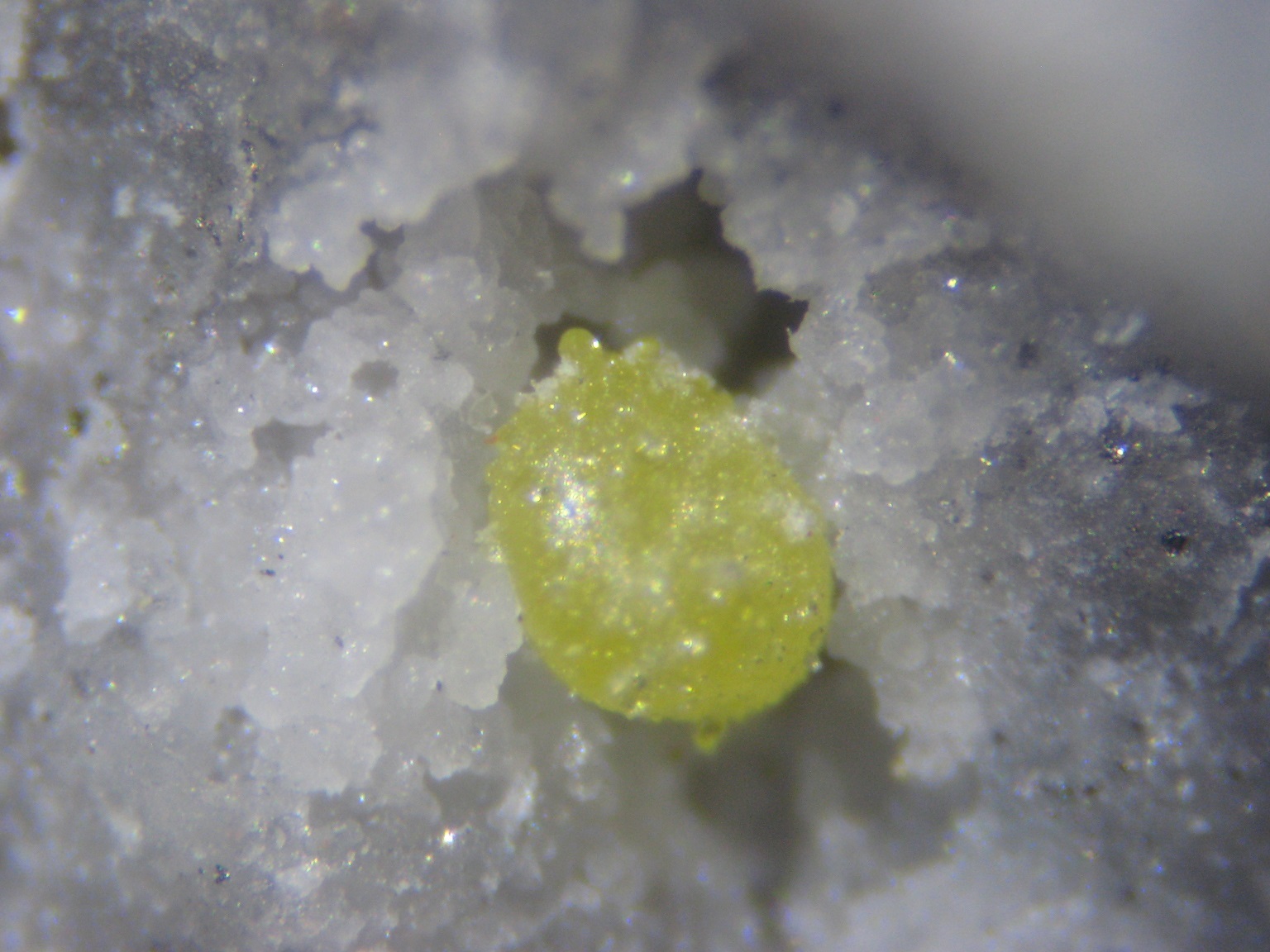Home PageAbout MindatThe Mindat ManualHistory of MindatCopyright StatusWho We AreContact UsAdvertise on Mindat
Donate to MindatCorporate SponsorshipSponsor a PageSponsored PagesMindat AdvertisersAdvertise on Mindat
Learning CenterWhat is a mineral?The most common minerals on earthInformation for EducatorsMindat ArticlesThe ElementsThe Rock H. Currier Digital LibraryGeologic Time
Minerals by PropertiesMinerals by ChemistryAdvanced Locality SearchRandom MineralRandom LocalitySearch by minIDLocalities Near MeSearch ArticlesSearch GlossaryMore Search Options
The Mindat ManualAdd a New PhotoRate PhotosLocality Edit ReportCoordinate Completion ReportAdd Glossary Item
Mining CompaniesStatisticsUsersMineral MuseumsClubs & OrganizationsMineral Shows & EventsThe Mindat DirectoryDevice SettingsThe Mineral Quiz
Photo SearchPhoto GalleriesSearch by ColorNew Photos TodayNew Photos YesterdayMembers' Photo GalleriesPast Photo of the Day GalleryPhotography
╳Discussions
💬 Home🔎 Search📅 LatestGroups
EducationOpen discussion area.Fakes & FraudsOpen discussion area.Field CollectingOpen discussion area.FossilsOpen discussion area.Gems and GemologyOpen discussion area.GeneralOpen discussion area.How to ContributeOpen discussion area.Identity HelpOpen discussion area.Improving Mindat.orgOpen discussion area.LocalitiesOpen discussion area.Lost and Stolen SpecimensOpen discussion area.MarketplaceOpen discussion area.MeteoritesOpen discussion area.Mindat ProductsOpen discussion area.Mineral ExchangesOpen discussion area.Mineral PhotographyOpen discussion area.Mineral ShowsOpen discussion area.Mineralogical ClassificationOpen discussion area.Mineralogy CourseOpen discussion area.MineralsOpen discussion area.Minerals and MuseumsOpen discussion area.PhotosOpen discussion area.Techniques for CollectorsOpen discussion area.The Rock H. Currier Digital LibraryOpen discussion area.UV MineralsOpen discussion area.Recent Images in Discussions
GeneralSulfur blobs: Why not crystallized?
30th Mar 2015 05:06 UTCKyle Beucke 🌟
I have some altered, silicified rock from a California gold mine (high sulfidation epithermal type) that has blobs (and some crystals as well) of sulfur in vugs. This deposit type involved gases and fluids rising from magma, so the presence of sulfur isn't unusual, and sulfur is common in the shallow portions of these gold deposits. But what does the morphology suggest (if anything) about how this sulfur formed? Is this a fairly common morphology for sulfur in shallow environments?
Thank you,
Kyle

30th Mar 2015 06:41 UTCAlfredo Petrov Manager
30th Mar 2015 06:56 UTCKyle Beucke 🌟
Thanks, that is an interesting idea I had not considered! (That the sulfur may have been crystallized first, then melted)
Kyle

30th Mar 2015 07:18 UTCJason Bennett
I've seen similar textures when I was trying to create synthetic bornite for experimental purposes. Basically I was mixing sulfur, copper and iron in the right stoichiometric proportions, and cooking then in an evacuated silica tube at ~600-800degC to react, hoping that they would equilibrate into bornite. They didn't the first time, because the sulfur speciated into a vapour phase (which I subsequently corrected for by adding excess sulfur, which worked). The point is, when I pulled these experiments out I was able to watch them quench: The red sulfur vapour condensed into a red sulfur liquid, which had that shape as above due to surface tension. They then eventually set into yellow native sulfur.
These blobs look exactly like that, it could be collections/droplets of native sulfur liquid from a fluid phase (either a vapour or another immiscible liquid) which then cooled into the solid state.
So it could also be a 'primary' texture, rather then re-melting of existing crystals.
Just a thought,
Jason

30th Mar 2015 11:24 UTCAlfredo Petrov Manager
On a side note, there are places in Japan where pools of liquid native sulphur exist permanently, in contact with water that is hotter than the melting point of the sulphur. (So don't believe those folk who claim that native mercury is the only liquid mineral ;-) )




Mindat.org is an outreach project of the Hudson Institute of Mineralogy, a 501(c)(3) not-for-profit organization.
Copyright © mindat.org and the Hudson Institute of Mineralogy 1993-2024, except where stated. Most political location boundaries are © OpenStreetMap contributors. Mindat.org relies on the contributions of thousands of members and supporters. Founded in 2000 by Jolyon Ralph.
Privacy Policy - Terms & Conditions - Contact Us / DMCA issues - Report a bug/vulnerability Current server date and time: April 25, 2024 01:03:23
Copyright © mindat.org and the Hudson Institute of Mineralogy 1993-2024, except where stated. Most political location boundaries are © OpenStreetMap contributors. Mindat.org relies on the contributions of thousands of members and supporters. Founded in 2000 by Jolyon Ralph.
Privacy Policy - Terms & Conditions - Contact Us / DMCA issues - Report a bug/vulnerability Current server date and time: April 25, 2024 01:03:23












